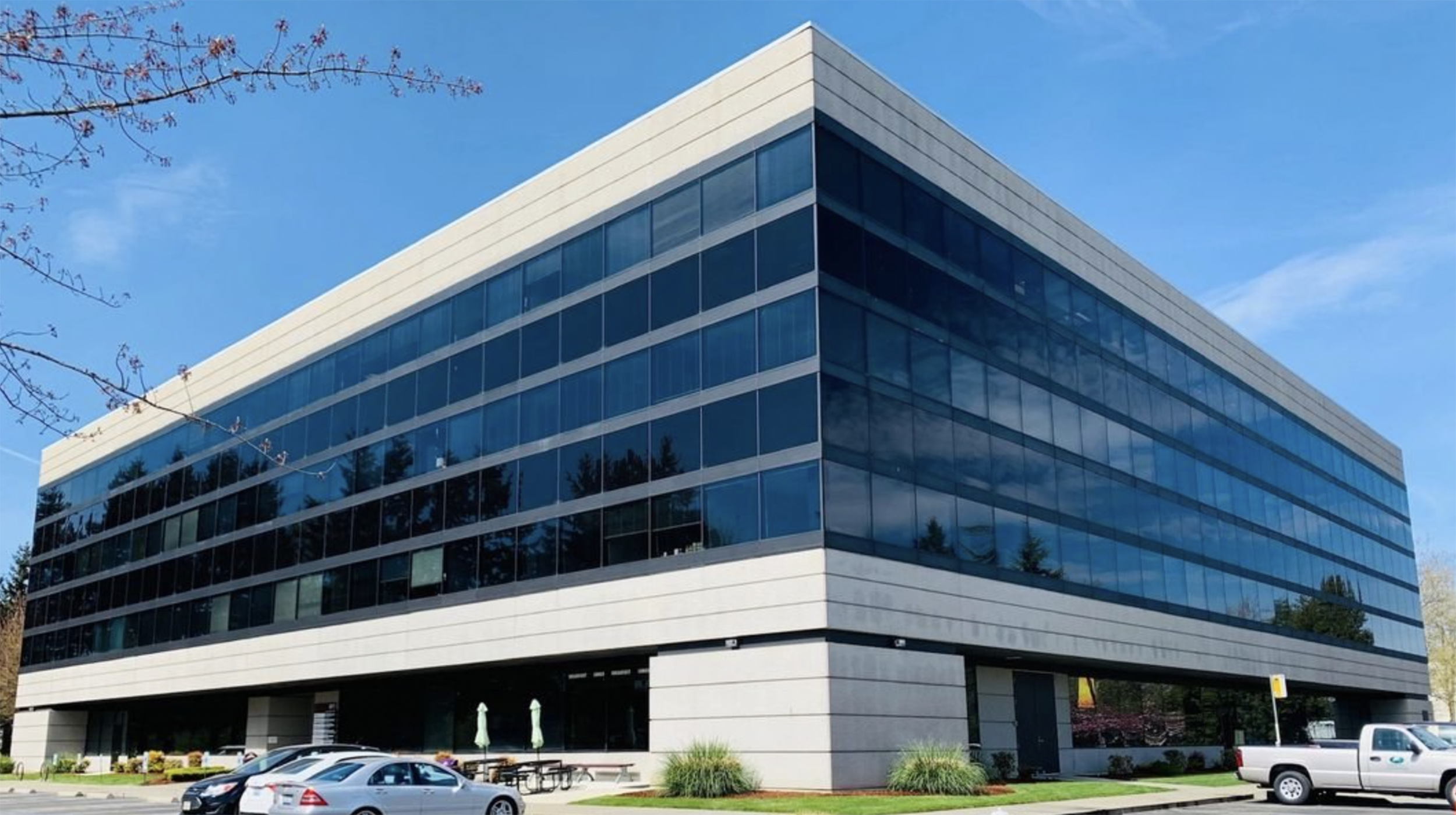Our teams work where talent, infrastructure, and experience come together. United by purpose, we’re driving progress that fuels discovery.
Long Beach, CA
The Wormhole
Home to Terran R production, cutting-edge manufacturing, and advanced testing infrastructure, our headquarters in the Los Angeles metro area is shaping the future of aerospace. Designed for scalability, this facility is designed to support high-rate production and can adapt to customer demand.
All Terran R primary structures and builds start here — from raw material to full-scale barrel assemblies and stage integrations.
Aeon R and Aeon V engine manufacturing and production happen on-site, powered by advanced powder-bed fusion printers and CNC machining systems.
Spanning one million square feet, the facility’s layout will enable a seamless flow from design and build to shipment for testing and launch operations.
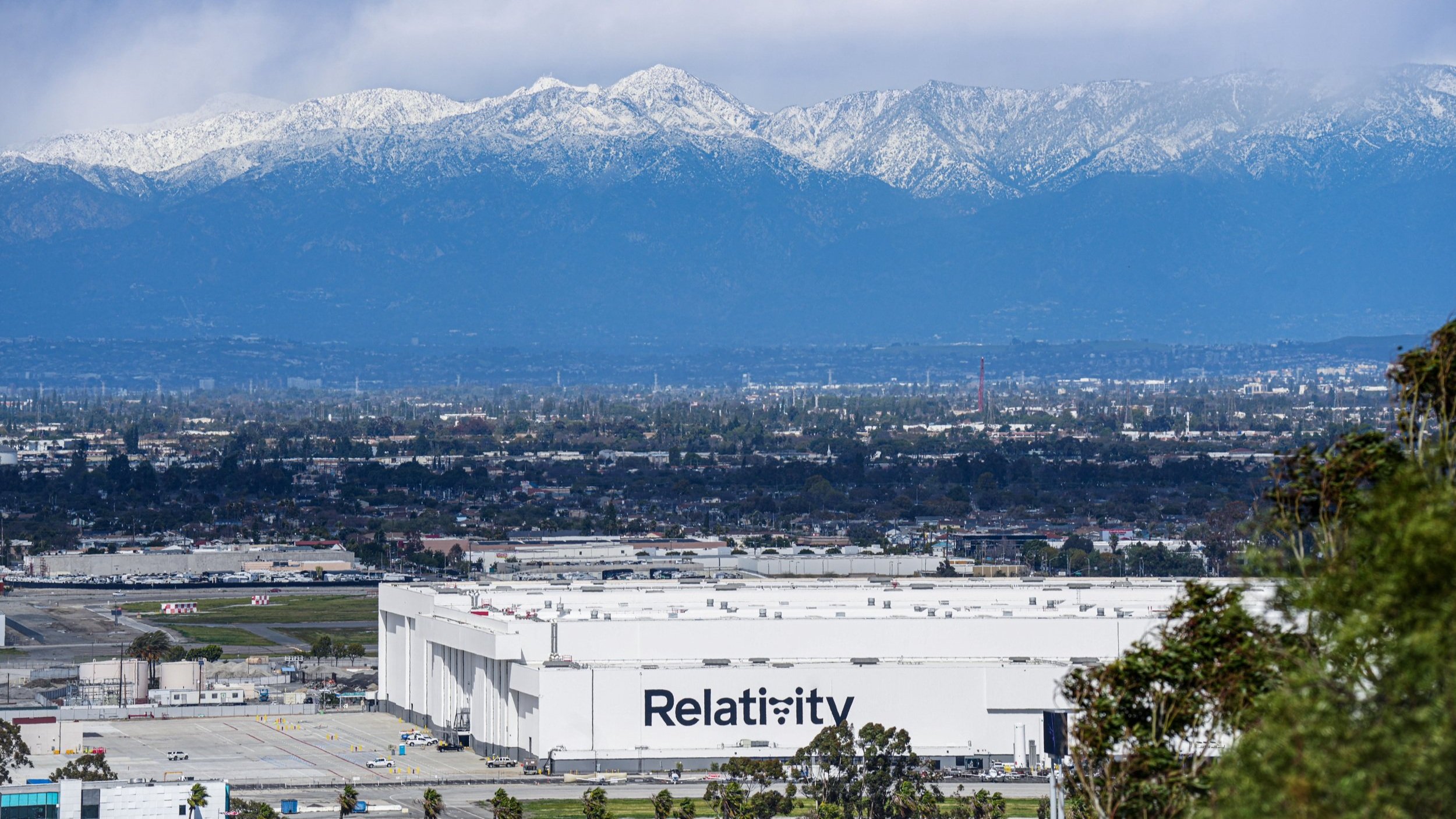
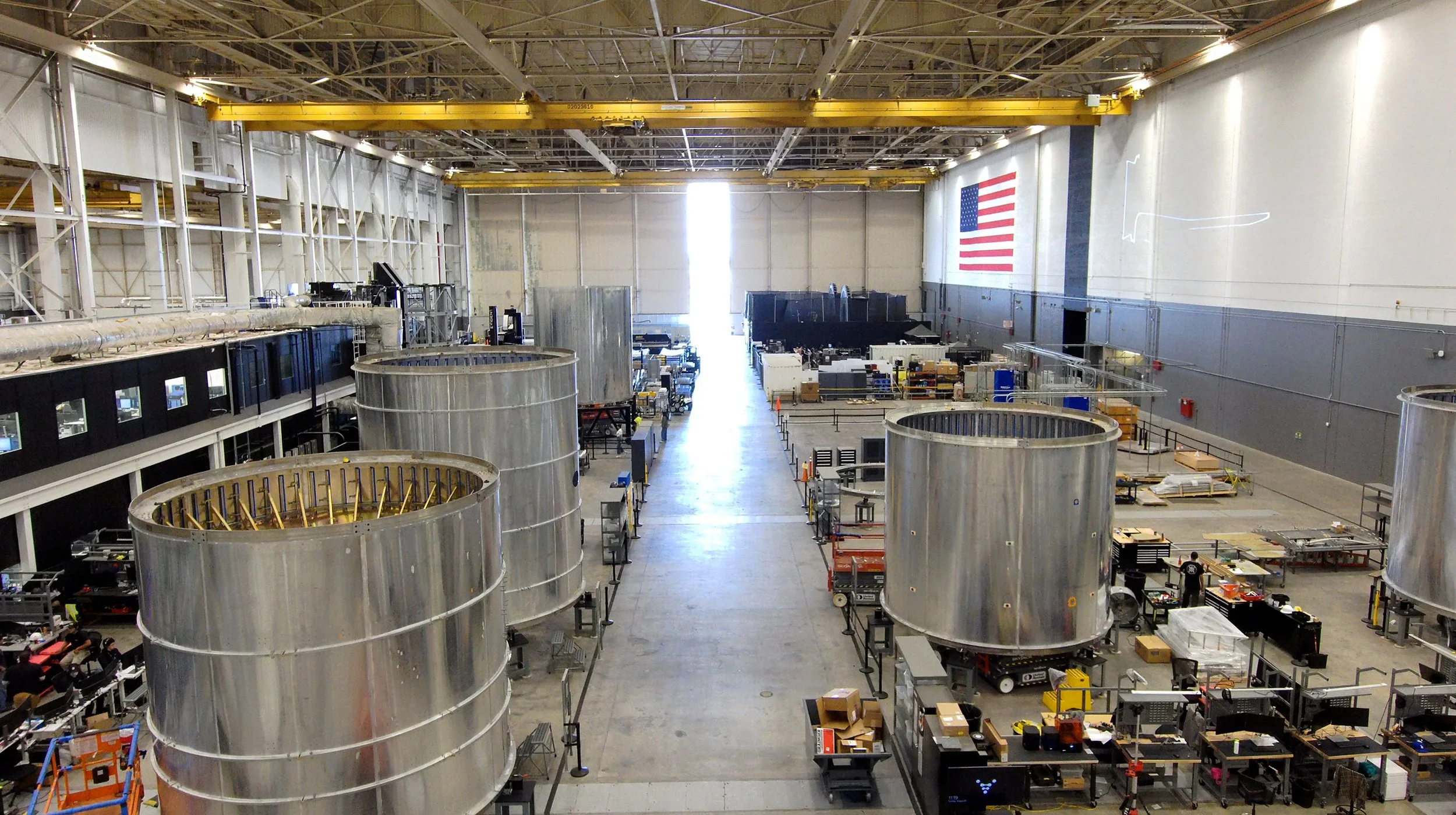
Long Beach, CA
In-House Testing Capabilities
Beginning with early development all the way through production, Terran R components undergo rigorous testing before being shipped for integrated stage and vehicle testing ahead of launch.
The cryogenic test yard enables early risk reduction and faster iteration by cryogenically testing components before integration into Aeon R engines.
Structural test stands support testing of critical components and assemblies for strength, stability, and durability.
Vibration, thermal, and vacuum testing verifies that components can withstand launch and flight environments.
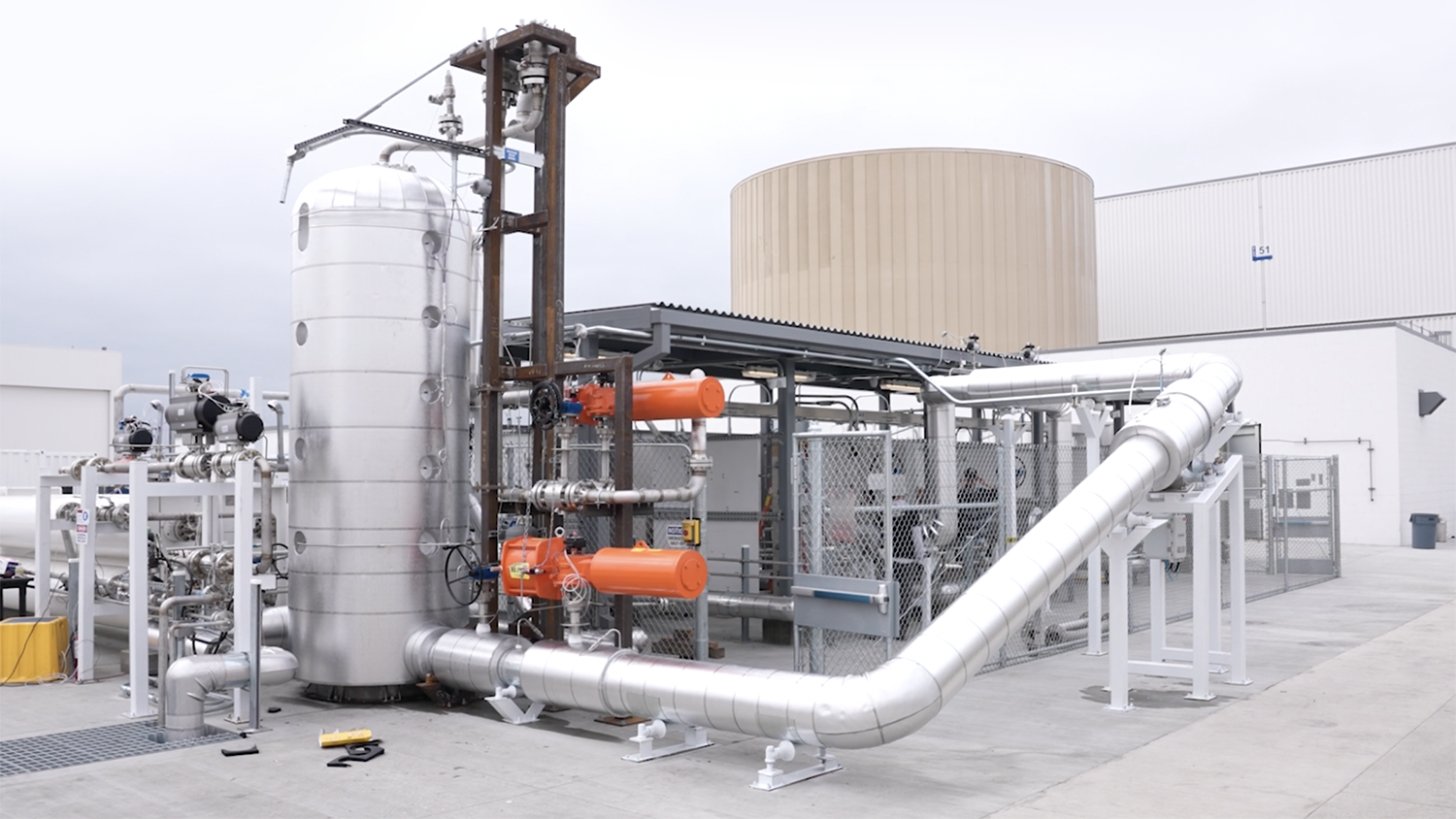
Long Beach, CA
The Portal
This facility serves as the heart of our additive manufacturing research and development, pioneering new techniques in robotics, software, and simulation.
Home to multiple Stargate printers enabling rapid, large-scale metal printing.
Advanced robotics labs driving innovation in autonomous manufacturing.
Quality labs and test stands refining hardware from concept to production.
Brings together our innovative data sciences, robotics, material sciences, weld development, and simulation teams.

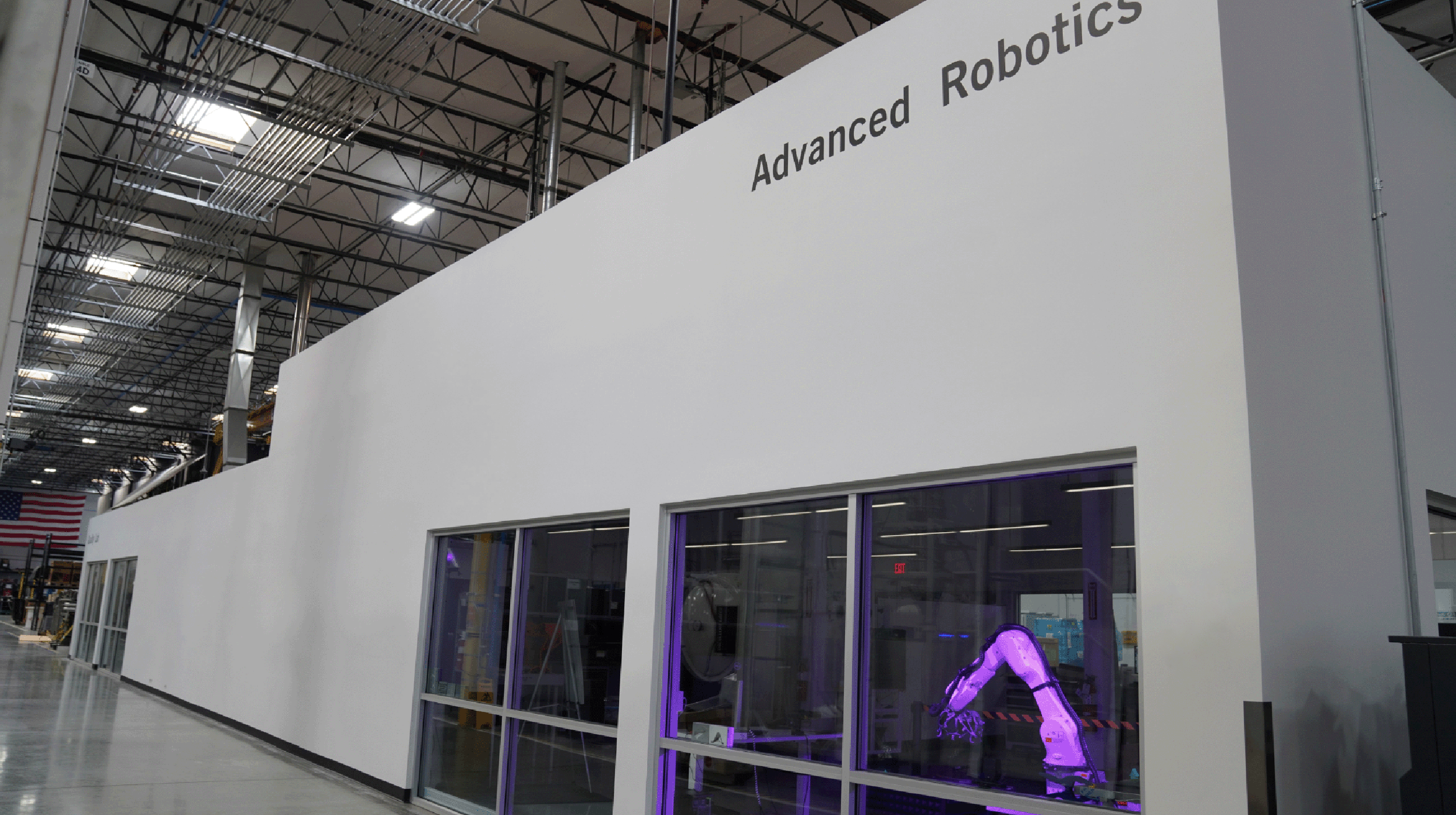
Hancock County, MS
NASA Stennis Space Center
Established in the 1960s, NASA's Stennis Space Center is the nation’s largest and most prestigious propulsion test center. Initially used to test key components of the Apollo and Shuttle programs, the site has since become a hot bed for a new era of commercial space companies. Relativity occupies the largest footprint of such companies, operating numerous test stands, complexes, and supporting infrastructure. With a permanent team located on-site and planned future development, Relativity continues to invest in the region.
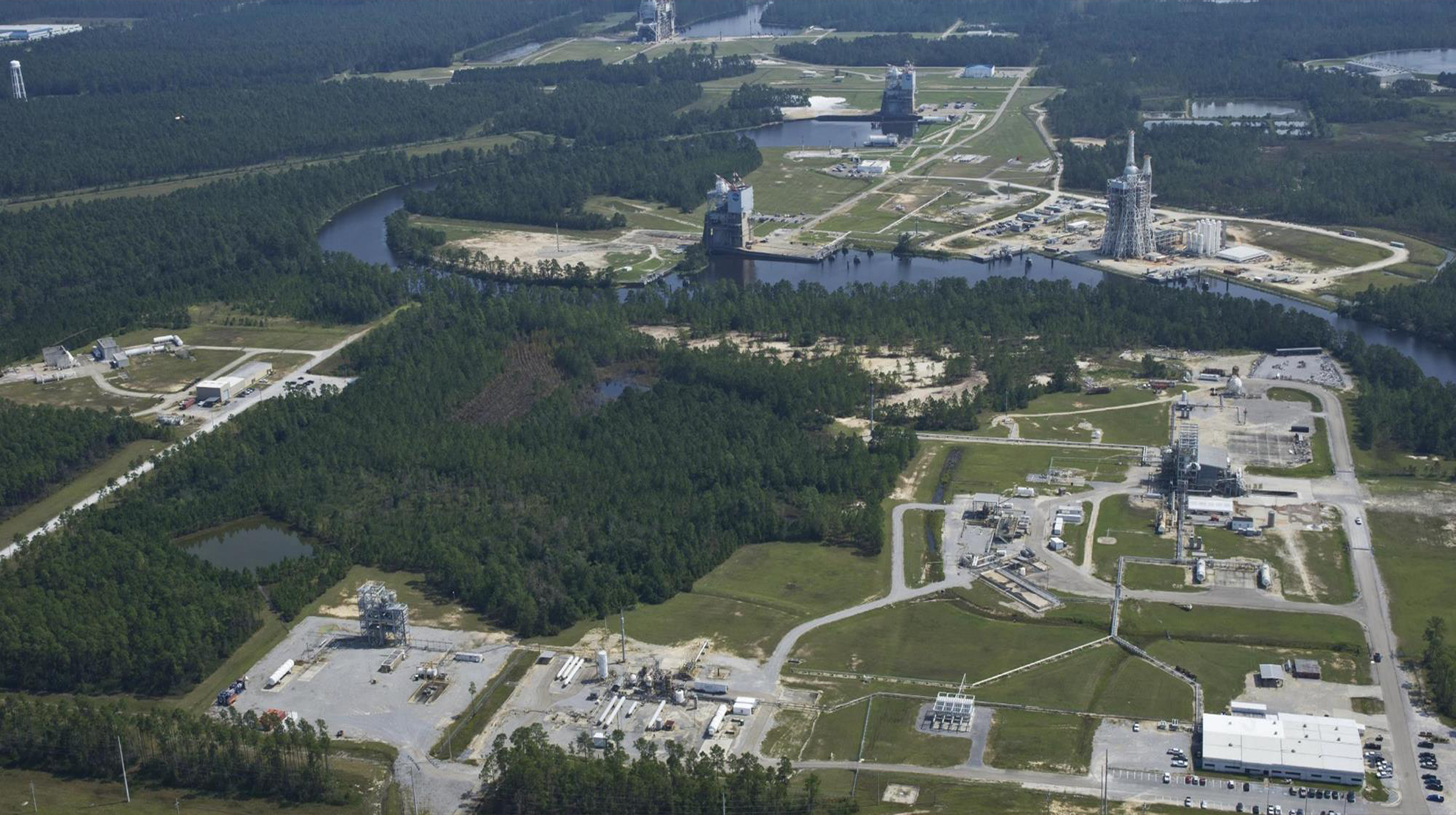
NASA Stennis Space Center, MS
R Complex
We are actively developing a larger expansion of over 250 acres in the R complex that supports Aeon R and Aeon V engine testing.
300+ engine test operations since being commissioned in 2023.
Dual bays enable Aeon R and Aeon V testing side-by-side.
Capabilities include thrust gimbaling and propellant densification.
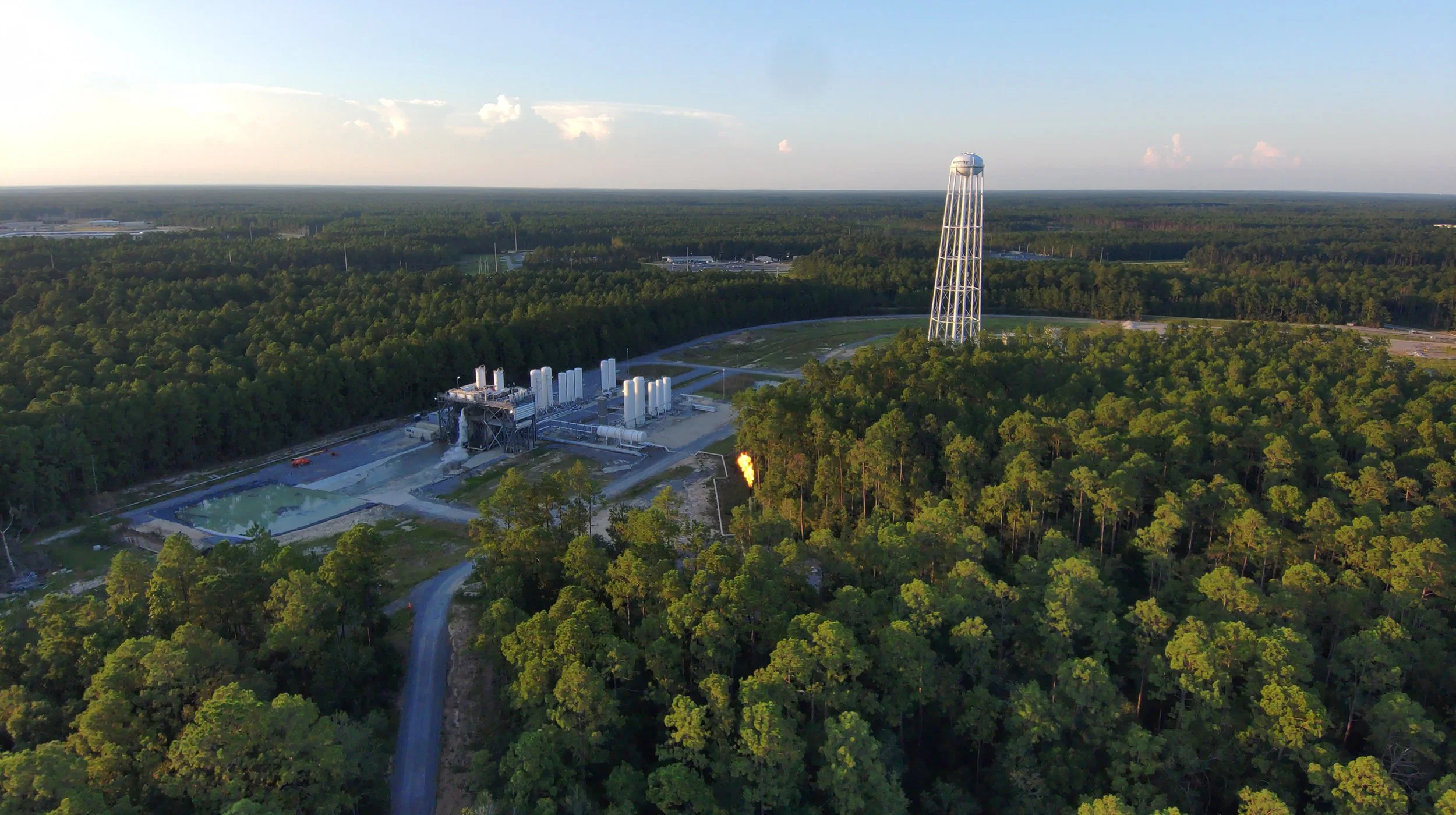
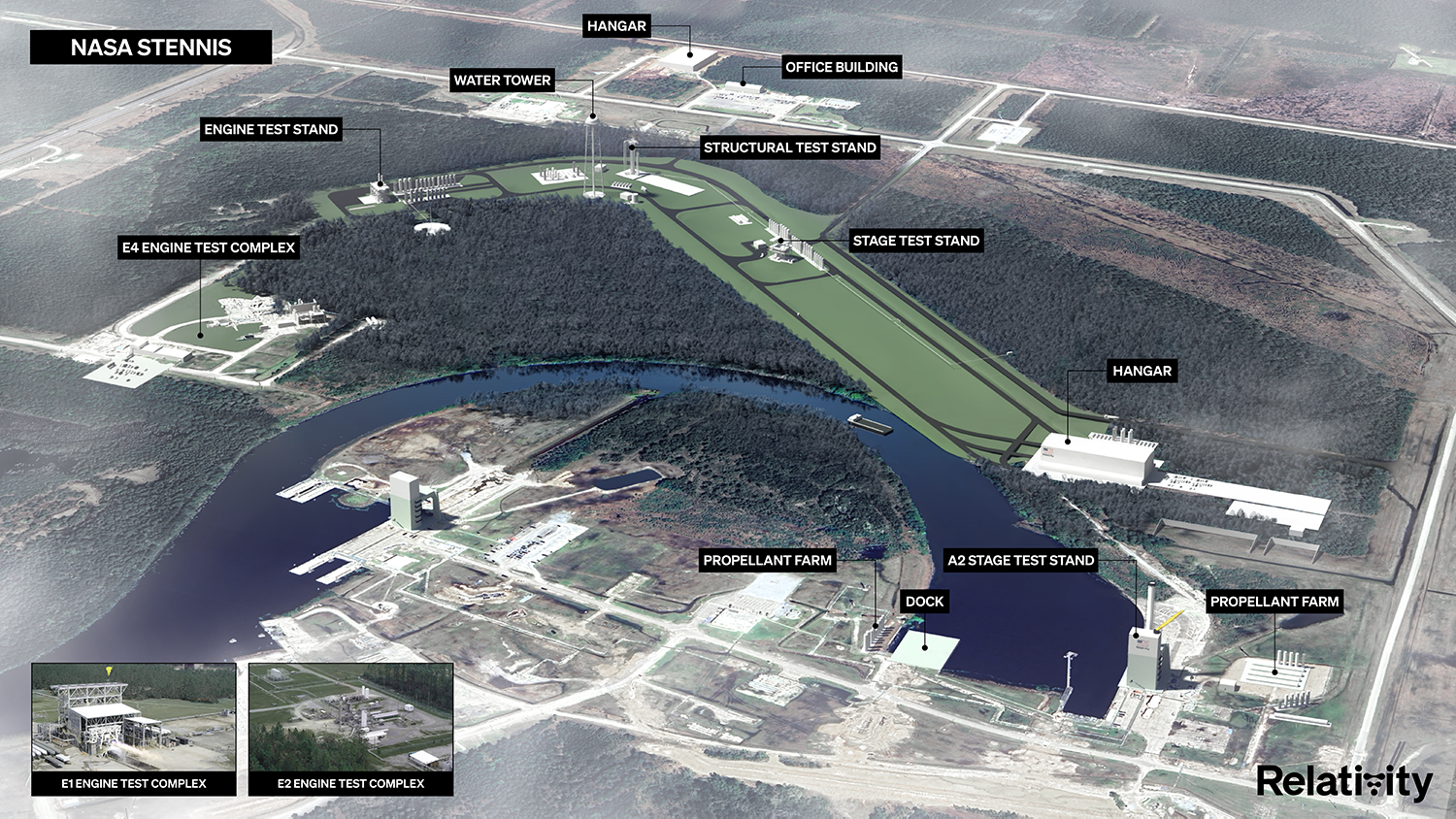
NASA Stennis Space Center, MS
A2 Test Complex
Relativity is renovating the historic A2 test stand for stage testing of Terran R. The stand’s storied past included testing key components for the Apollo, Space Shuttle, and Constellation programs. With the addition of A2 to our footprint at NASA Stennis, Relativity will be able to:
Conduct long-duration hot fire testing of Terran R stages.
Increase the speed of iterative learning cycles.
Leverage boosted stand capability from 650,000 lbs. to over 3.3 million lbs. of thrust.
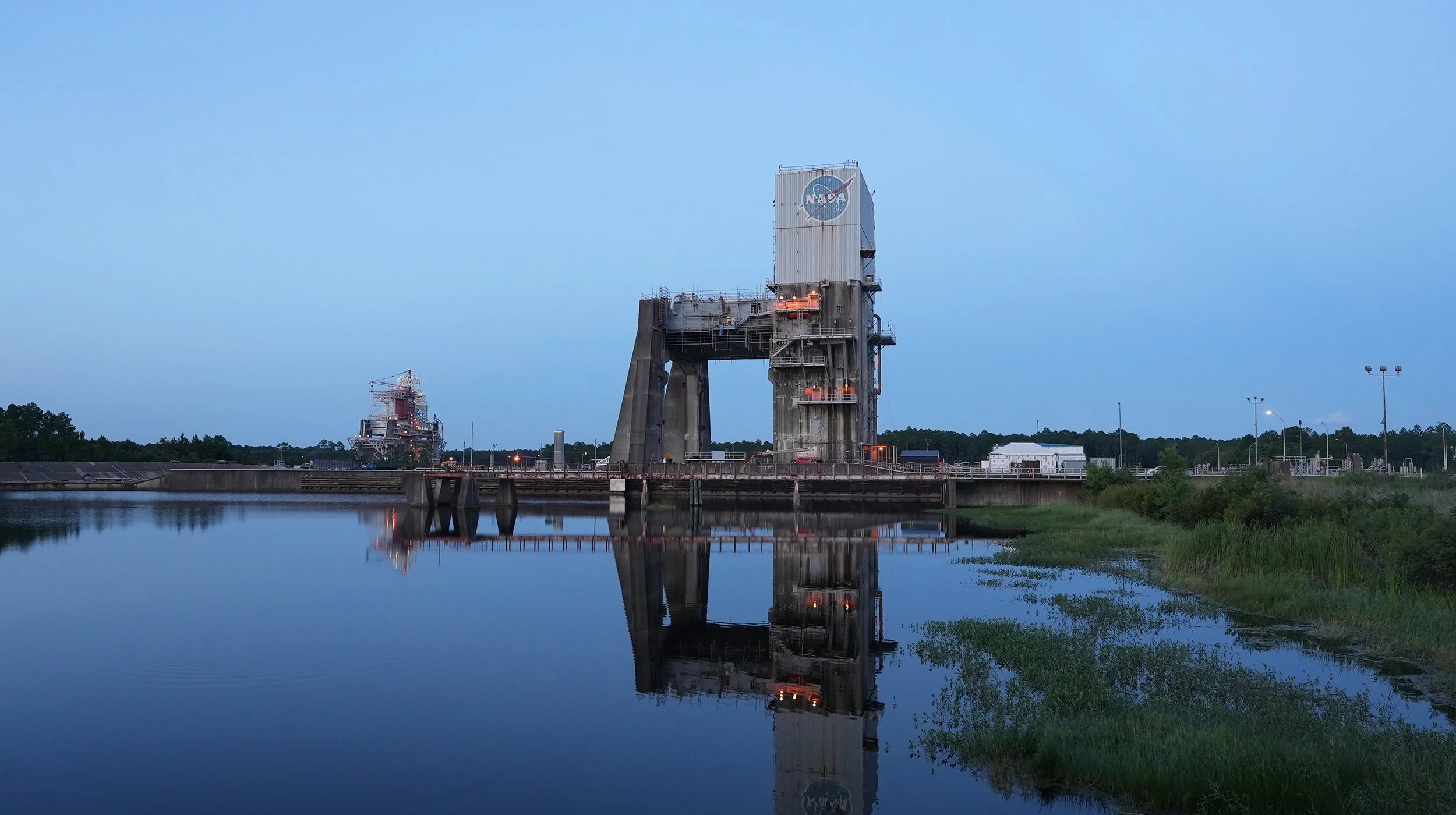
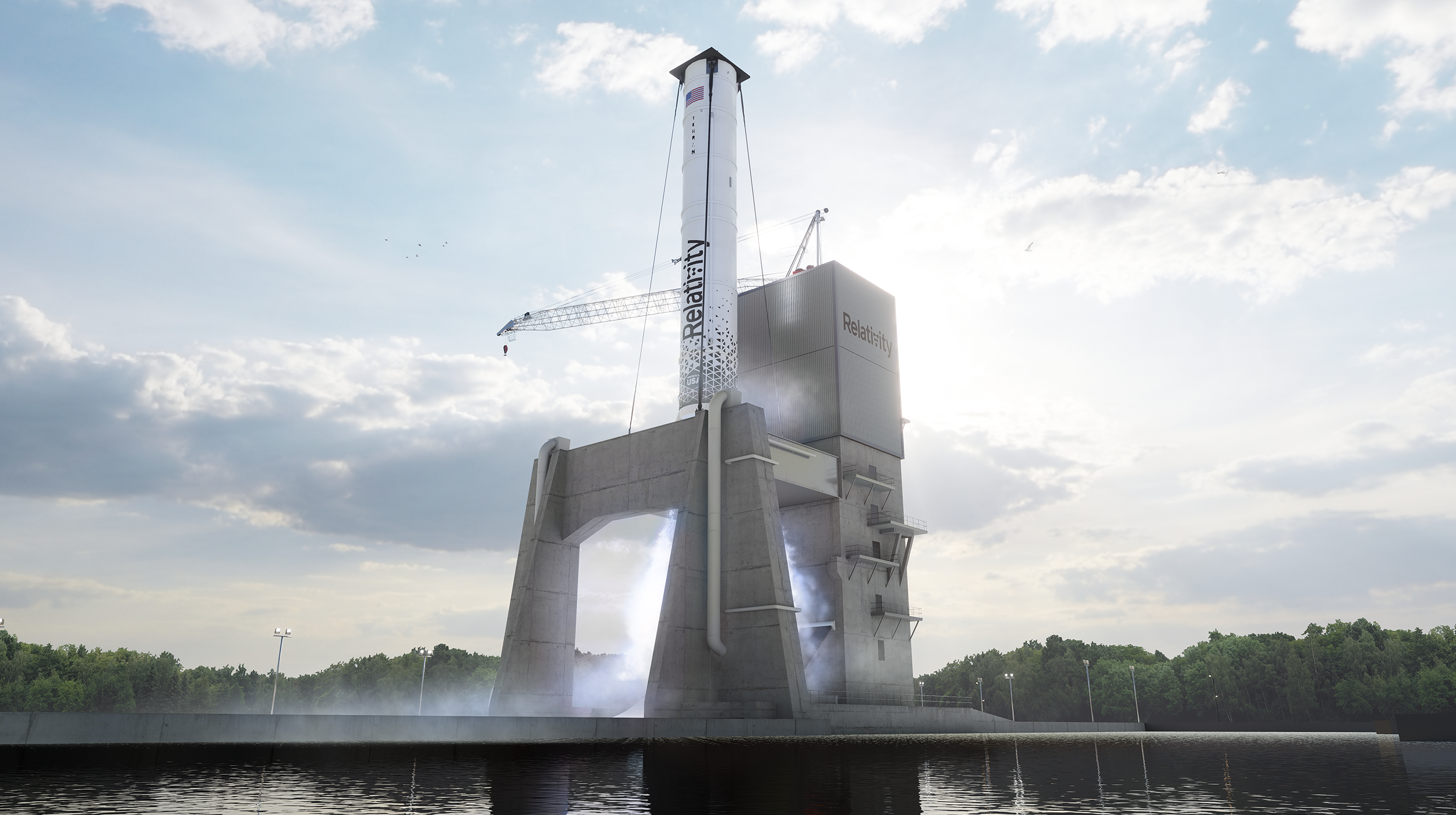
NASA Stennis Space Center, MS
E2 Complex
Development, qualification, and acceptance testing of our Aeon R engine components takes place at the E2 Complex. Two test cells allow us to efficiently evaluate components, refine designs, and conduct tests at the component level before integration into the engine.
Equipped for gas generator, heat exchanger, igniter, and thrust chamber assembly component testing.
Have conducted 900+ tests on Aeon R engine components and sub-assemblies.
Achieved combustion stability verification with flight-design gas generators and thrust chamber assemblies.

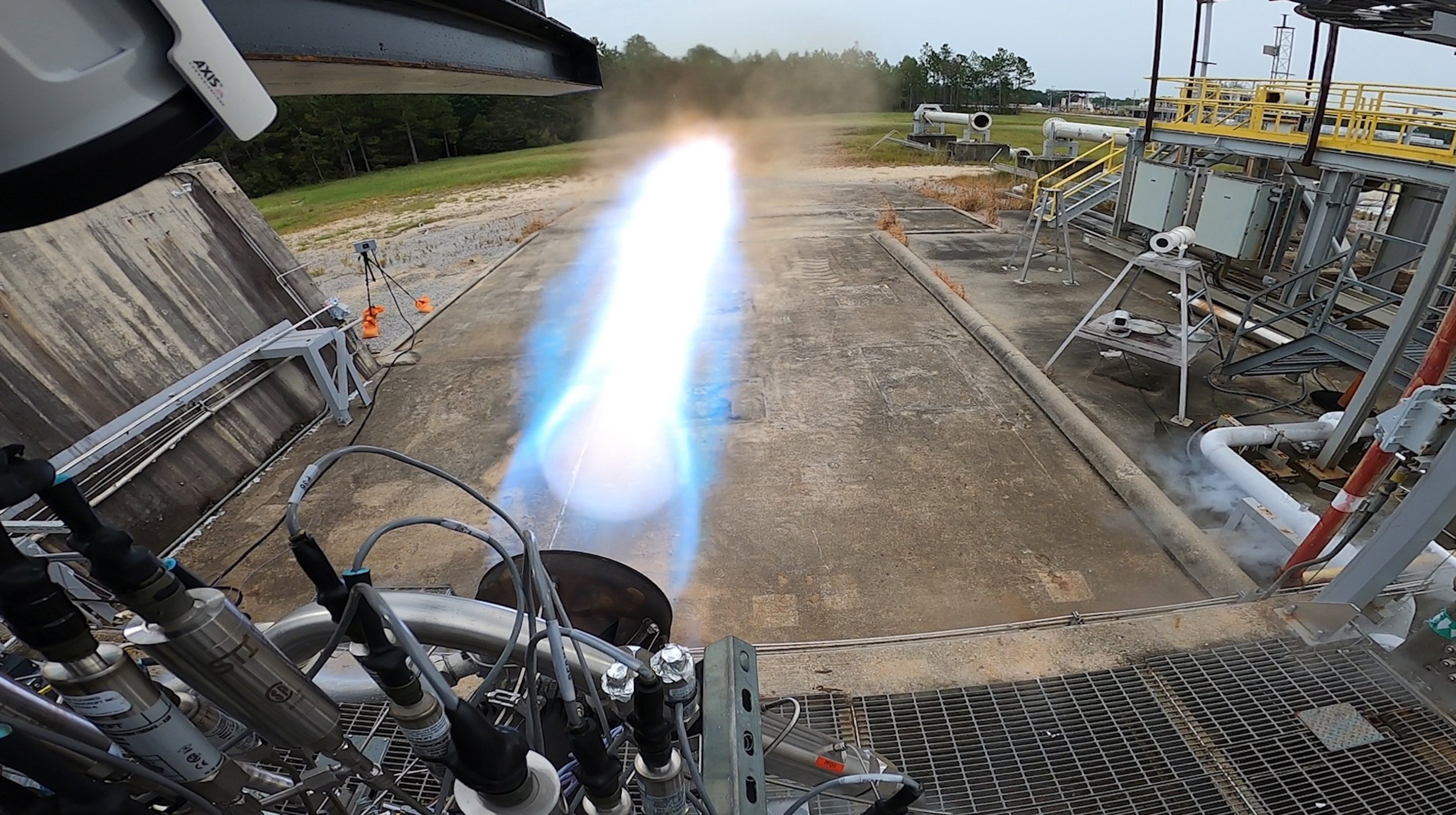
Cape Canaveral Space Force Station, FL
Launch Complex 16
Cape Canaveral Space Force station is home to Relativity's exclusive-use orbital launch site, Launch Complex 16 (LC-16). We are currently building out a launch pad and supporting infrastructure for Terran R. Previously, the site was used for the Apollo and Gemini programs, along with Terran 1’s maiden launch in 2023. Future expansions in Florida will include:
Payload processing facility.
Next-generation launch control center.
Centralized vehicle integration and refurbishment center.

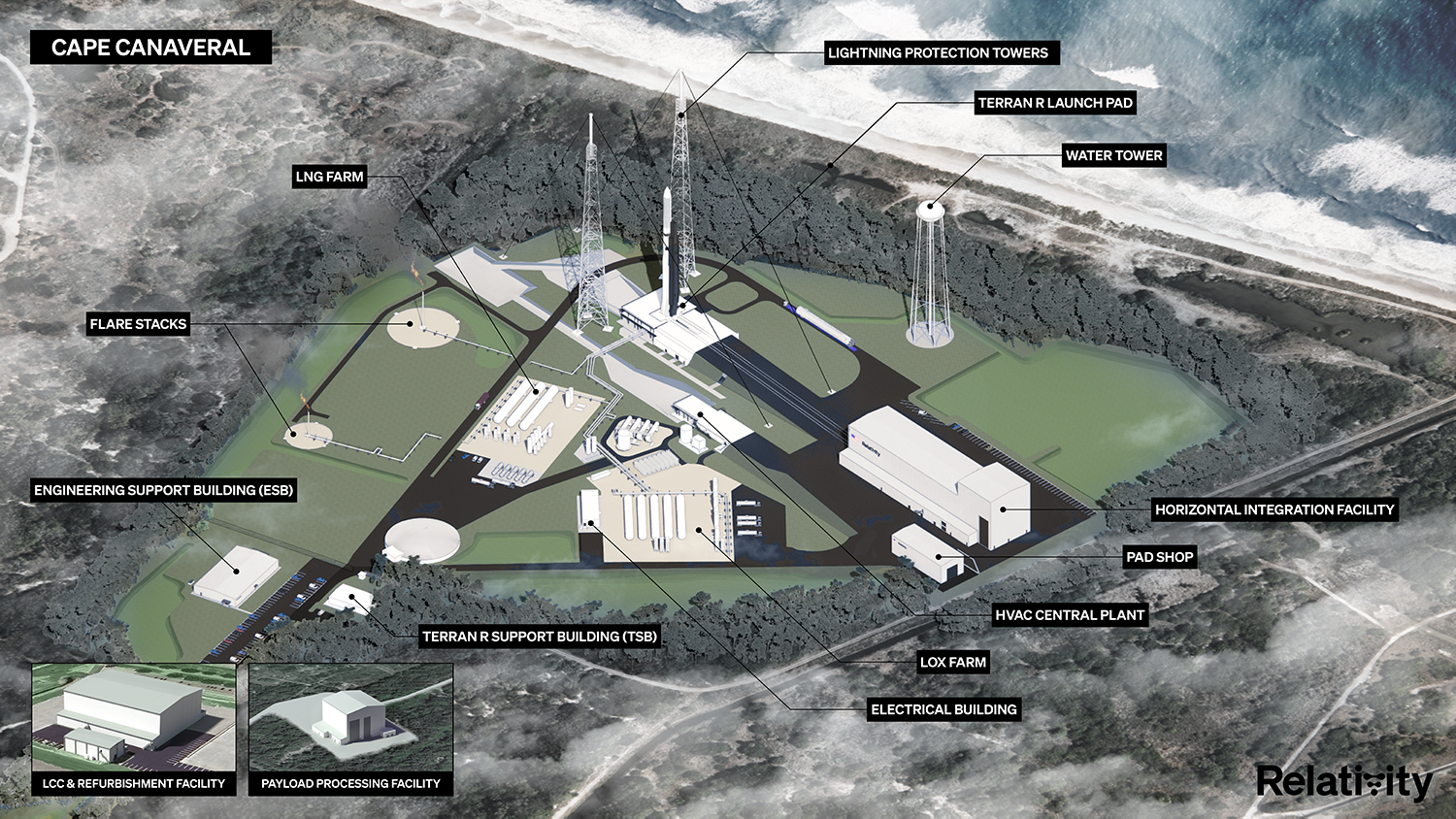
Washington, D.C.
Government Affairs & Policy Office
From our office in Washington D.C., our team partners with the government on public policy and legal issues to ensure continued U.S. leadership in space.

Seattle, WA
Engineering & Propulsion Hub
Building on the rich legacy of aerospace in the Pacific Northwest, Relativity has a presence in Kent, WA. The regional team focuses on all aspects of Terran R from vehicle engineering, integrated performance, propulsion, launch, fluids, and more.
